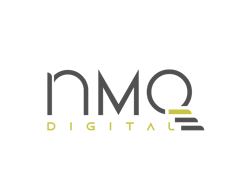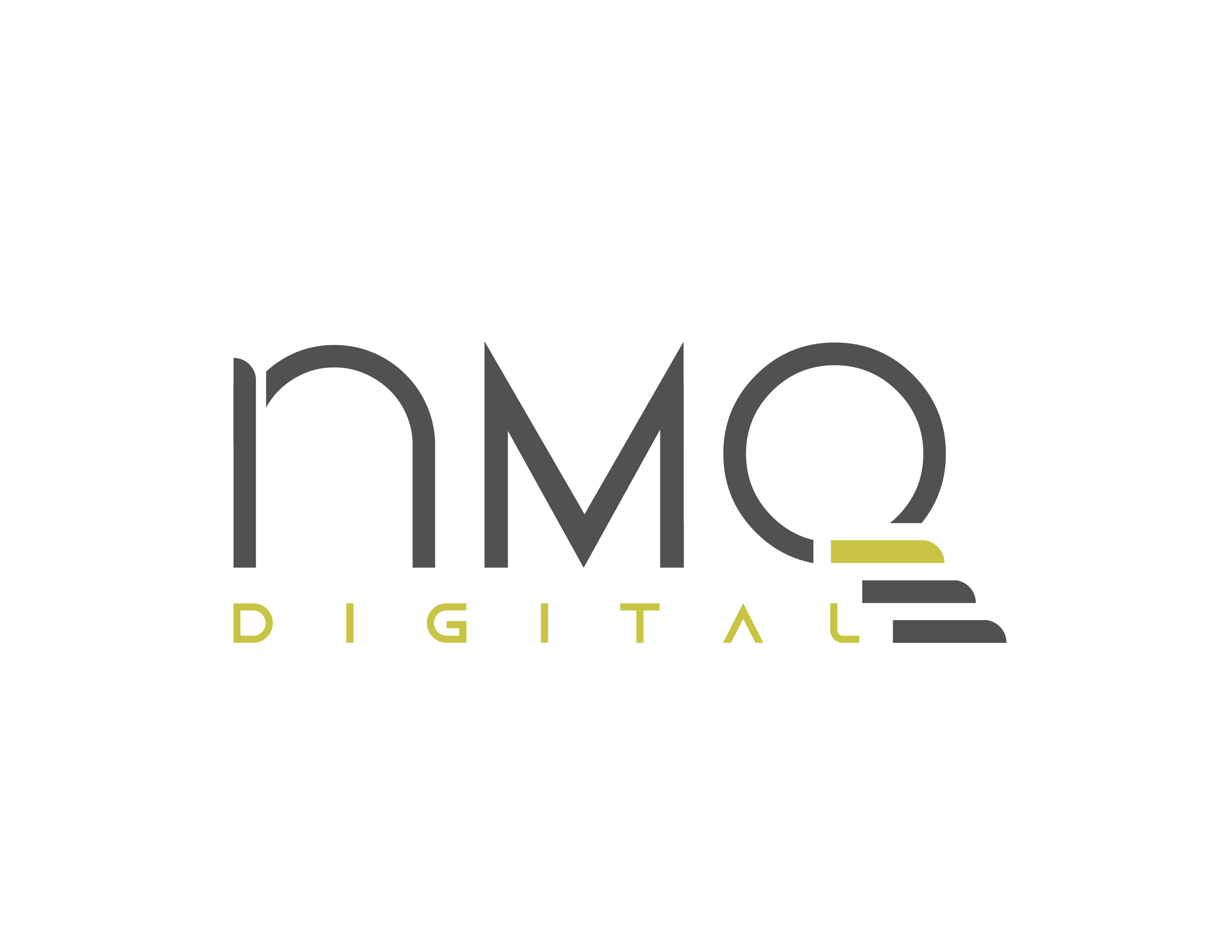In the rapidly evolving landscape of modern business and marketing, the significance of digital campaigns and the ability to calculate Return on Investment (ROI) has never been more paramount. In an age where consumers are increasingly turning to digital platforms for information, entertainment, and shopping, organizations must harness the power of digital marketing to remain competitive. These campaigns, conducted across a diverse range of online channels such as social media, search engines, email, and websites, serve as the primary means for companies to connect with their target audiences in a personalized and efficient manner. However, the effectiveness of these campaigns cannot be measured by mere engagement metrics or the number of clicks alone. Enter ROI – the critical metric that quantifies the success of digital efforts, providing invaluable insights into how well resources are invested and what impact they generate.
ROI calculation in the realm of digital campaigns is akin to a compass for modern businesses, guiding them toward informed decision-making and optimization. It enables organizations to decipher which strategies yield the highest returns, which audiences are most responsive, and which channels offer the best conversion rates. By examining the financial outcomes in relation to the resources invested, companies can allocate their budgets more judiciously, ensuring that every dollar spent contributes to their overarching goals. In this blog, we will focus on;
What is ROI and How It Is Calculated?
ROI (Return on Investment) is a financial metric used to measure the efficiency of an investment. It is typically calculated by taking the net benefit of an investment (revenue minus costs) and dividing it by the total cost of the investment. The result is expressed as a percentage or a ratio.
The formula to calculate ROI is:
ROI = (Net Profit / Cost of Investment) x 100
For example, if you invested $1000 in a campaign and it generated $1200 in revenue, the ROI would be:
ROI = (($1200 - $1000) / $1000)*100= 20%
It's important to note that the ROI calculation for a digital campaign is not always straightforward and may require additional metrics such as conversion rate, customer lifetime value, and others.
Additionally, you can use different variations of ROI calculation such as ROMI (Return on Marketing Investment) which gives a more accurate picture of the impact of a campaign in the business instead of just looking at the direct revenue generated.
Why Increasing ROI is Important?
Increasing ROI (Return on Investment) is crucial for businesses and organizations for several compelling reasons:
-
Maximizing Profits: Higher ROI directly translates to increased profitability, as it signifies that a company is generating more revenue relative to its investment. This surplus can be reinvested or used to expand the business.
-
Efficient Resource Allocation: Improved ROI helps in identifying which marketing channels, campaigns, or strategies are most effective. This knowledge allows for smarter allocation of resources, focusing on what works and eliminating what doesn't.
-
Risk Mitigation: A strong ROI acts as a buffer against market fluctuations and economic uncertainties. It provides a safety net by ensuring that investments are generating sufficient returns to cover costs and sustain operations.
-
Competitive Advantage: A high ROI can be a potent competitive advantage, as it signifies better financial health and efficiency. It can attract investors, customers, and partners who have confidence in the organization's ability to deliver value.
-
Data-Driven Decision-Making: ROI analysis relies on data and metrics, fostering a culture of data-driven decision-making within an organization. This approach leads to more informed and strategic choices across various departments.
-
Improved Marketing Strategies: A focus on ROI encourages constant optimization of marketing strategies. Companies can refine their messaging, target audiences more effectively, and adjust campaign parameters to achieve better results.
-
Long-Term Sustainability: Sustainable growth and stability depend on a healthy ROI. It ensures that a company is not merely surviving but thriving in the long term by consistently generating positive returns.
-
Investor Confidence: For publicly traded companies, a strong ROI can bolster investor confidence, leading to an increase in stock prices and attracting more investment.
-
Resource Efficiency: Efficient use of resources is not only cost-effective but also environmentally responsible. High ROI implies that fewer resources are wasted, promoting sustainability.
-
Employee Morale: Success in achieving higher ROI can boost employee morale and engagement. When employees see that their efforts contribute to the company's bottom line, they are more motivated and committed.
-
Adaptability: The ability to increase ROI suggests that a company can adapt to changing market conditions and consumer preferences. This adaptability is essential for long-term success in dynamic industries.
-
Customer Satisfaction: Higher ROI can be indicative of delivering better value to customers. Satisfied customers are more likely to become repeat buyers and advocates for the brand.
In summary, increasing ROI is a multifaceted endeavor that impacts various aspects of a business, ranging from financial performance to strategic decision-making and competitiveness in the market. It is a key metric for assessing the effectiveness and efficiency of investments and plays a pivotal role in achieving sustainable growth and success.
8 Valuable Strategies to Increase Your ROI
There are several steps you can take to increase the ROI of your digital campaigns:
Define Clear Goals and KPIs
Goals and Key Performance Indicators (KPIs) are both essential components of performance management and measurement within an organization, but they serve distinct purposes and have different characteristics. Hence, let us first start by defining them.
Goals: Goals are high-level, broad statements that define what an organization or individual aims to achieve. They are typically qualitative and describe the desired outcome without specific metrics. They often have a longer time horizon and represent the strategic direction of an organization. They can be somewhat subjective and may vary in their interpretation from person to person.
Examples: "Increase brand awareness," "Become a market leader," "Improve customer satisfaction."
Key Performance Indicators (KPIs): KPIs are specific, quantifiable measurements used to track progress toward achieving goals. They are typically numerical and provide a clear, objective way to evaluate performance. They are often associated with shorter timeframes and are used to monitor day-to-day or periodic performance. They are more actionable and help teams make real-time adjustments. They are typically expressed as numbers, percentages, or ratios, making them easy to measure and compare.
Examples: "Increase website traffic by 20% in the next quarter," "Achieve a customer satisfaction rating of 95%," "Reduce customer churn rate to less than 5%."
You can read more about how to set up SMART KPIs on our blog Unlocking Success: Harness the Power of SMART KPIs for Business Growth.
Okay, now, back to ROI.
Defining clear goals and KPIs is important for increasing the ROI of digital campaigns because it allows marketers to measure the effectiveness of their efforts and make data-driven decisions.

Without clear goals and KPIs, it can be difficult to determine whether a campaign is successful or not, and which elements of the campaign are driving the most results. By setting specific, measurable targets, such as increasing conversion or web traffic, marketers can track progress toward their goals, identify areas for improvement, and optimize their campaigns for better performance. Additionally, having clear goals and KPIs can also help to align the efforts of different teams and stakeholders within an organization, and ensure that everyone is working towards the same objectives.
Track Your Performance
Performance tracking is important for increasing the ROI of digital campaigns because it allows marketers to make informed decisions based on real-time information. By collecting data on various elements of a campaign, such as website traffic, click-through rates, and conversion rates, marketers can gain a better understanding of how their target audience is interacting with their content. This information can then be used to optimize the campaign in real-time, by making adjustments to targeting, messaging, and creative elements, based on what is working and what is not.
![]()
Additionally, analyzing data also allows marketers to identify patterns and trends in customer behavior, which can inform future campaigns and strategies. By understanding the customer journey, marketers can create more effective campaigns that resonate with their audience and drive better results.
Furthermore, data tracking and analyzing also provide insights on how to improve the ROI of digital campaigns by identifying the most profitable channels, campaigns, and segments, which can then be targeted and optimized for better results.
All nice, but how to track the data? If you are looking for alternatives to GA4, check out 15 low-cost alternatives to GA4 or 13 enterprise-capable GA4 alternatives, depending on your budget.
Segment Your Audience
Segmenting your audience is important for increasing the ROI of digital campaigns because it allows marketers to tailor their messaging and targeting to specific groups of people. By dividing the audience into smaller, more defined segments based on demographics, behavior, and other characteristics, marketers can create more personalized and relevant campaigns that are more likely to resonate with each segment.

Additionally, segmenting the audience also allows marketers to identify specific groups of people who are more likely to convert and be more valuable customers. By targeting these segments more effectively, marketers can increase the ROI of their campaigns by focusing on the groups of people that are most likely to generate revenue.
Furthermore, segmentation also allows for testing and experimentation, where campaigns can be tailored and optimized for each segment and their results compared to others. This helps in identifying the most effective messages and targeting strategies for each segment, which can be then scaled for better results.
If you want to know more about the importance of customer profiling and how it helps your growth, check out our blog How Understanding Your Customers Helps to Drive Better Conversions.
Optimize Your Website
Optimizing a website is important for increasing the ROI of digital campaigns because it can have a significant impact on the user experience,which in turn affects the performance of the campaign. A well-optimized website can improve the website's load time, navigation, and overall usability, which can lead to better engagement and conversion rates.

Additionally, optimizing the website for search engines (SEO) can also help increase the ROI of digital campaigns by making it easier for people to find the website through organic search results. This can increase the visibility and reach of the website, resulting in more traffic and potential customers.
Furthermore, an optimized website can also improve the tracking and measurement of the campaigns by making it easier to set up and track conversion points, such as form submissions, phone calls, or purchases. This can help in understanding which campaigns and channels are driving the most results and how to optimize them for better performance.
If you want to know more about how to optimize your website, check our blog 10 Valuable Strategies to Optimize Your Website for Effective Lead Gen.
Test and Experiment
Testing and experimenting is important for increasing the ROI of digital campaigns because it allows marketers to identify the elements of a campaign that are most effective and optimize for better results. By testing different variations of a campaign, such as different headlines, images, or calls to action, marketers can gain insights into which elements resonate with the audience and which are not.

Additionally, testing and experimenting allow marketers to identify which segments of the audience are most responsive to the campaign and tailor the message accordingly. This can help in increasing the ROI by focusing on the most profitable segments and channels.
Furthermore, testing and experimenting help marketers identify the optimal budget allocation and investment on different channels and campaigns. This helps in understanding which channels and campaigns are delivering the best results and how to optimize them for better performance.
Use Automation Tools
Using automation tools is important for increasing the ROI of digital campaigns because it can help to streamline and optimize the campaign management process. Automation tools can automate repetitive tasks, such as scheduling social media posts, sending email campaigns, and tracking analytics. This can save time and resources, allowing marketers to focus on more strategic tasks such as analyzing data, creating new campaigns, and experimenting with new tactics.

Additionally, automation tools can also help to improve the targeting and personalization of campaigns by using data to create more targeted and relevant messaging. This can lead to better engagement and conversion rates, which can ultimately increase the ROI of the campaigns.
Furthermore, automation tools allow for better scaling and optimization of campaigns, by using algorithms and machine learning to optimize targeting, budget allocation, and ad placements. This can help in identifying the most profitable segments and channels and scaling them for better results.
If you want to know about more tools, you can check out the best marketing automation tools and the best AI-powered marketing tools.
Leverage Retargeting
Retargeting is important for increasing the ROI of digital campaigns because it allows marketers to reach out to people who have previously shown an interest in the product or service being advertised. By retargeting these individuals, marketers can remind them of their previous interests, and encourage them to take action, such as making a purchase or filling out a form.
Additionally, retargeting can also help to increase the conversion rates of the campaigns by showing the ads to people who are more likely to be interested in the product or service. This can lead to a higher return on investment, as the marketing efforts are focused on people who are more likely to convert.

Furthermore, retargeting can also help to increase the lifetime value of the customer by keeping the brand top of mind and encouraging repeat purchases. Retargeting can be used to promote upsells, cross-sells, and loyalty programs, which can increase the customer's lifetime value.
Use Personalization
Personalization is important for increasing the ROI of digital campaigns because it can help to improve the relevance and effectiveness of the campaign by tailoring the message and content to the specific needs and interests of the individual customer. Personalized campaigns can be more engaging and effective at driving conversions, as they speak directly to the customer and address their unique needs and interests.

Additionally, personalization can also help to increase customer loyalty and lifetime value by making them feel understood and valued. Personalized campaigns can create stronger emotional connections with customers, which can lead to repeat business and positive word-of-mouth.
Furthermore, personalization also allows for better targeting of the most profitable segments and channels. By understanding the customer's journey and preferences, marketers can create more effective campaigns that resonate with their audience and drive better results.
Overall, by personalizing the campaigns, marketers can create more relevant, effective campaigns that drive better results and increase the ROI. Personalization is an important step in the process of creating targeted, personalized campaigns that engage the audience and drive results
In conclusion, the pursuit of increasing ROI in digital campaigns is not merely a strategy; it's a transformative journey that empowers businesses to thrive in the digital age. It's about leveraging data-driven insights, optimizing marketing efforts, and ensuring that every resource invested yields the maximum return. As technology evolves and consumer behaviors continue to shift, the importance of maximizing ROI remains steadfast. If you need any support in increasing your ROI, NMQ Digital is here with its Performance Marketing services.





